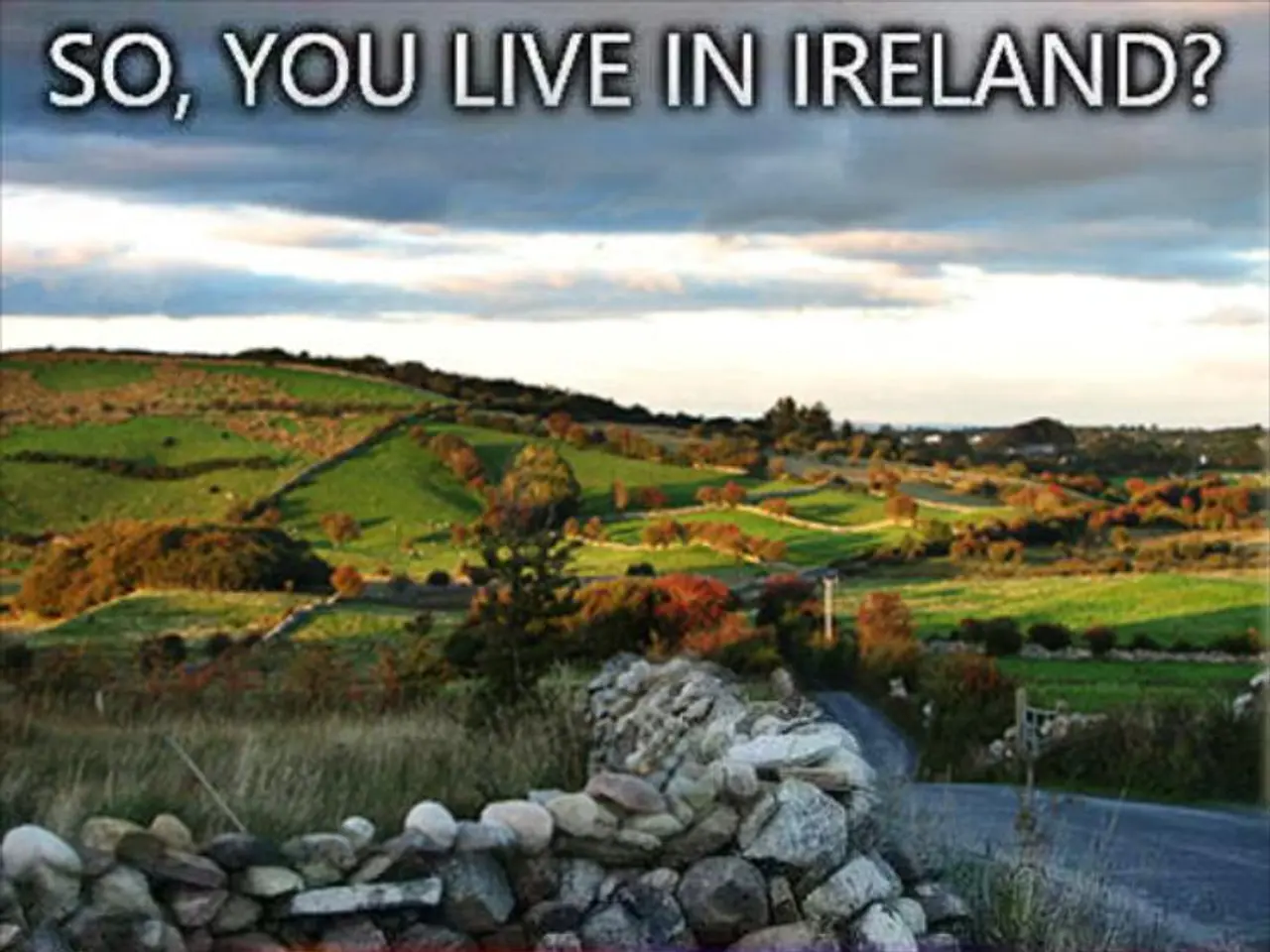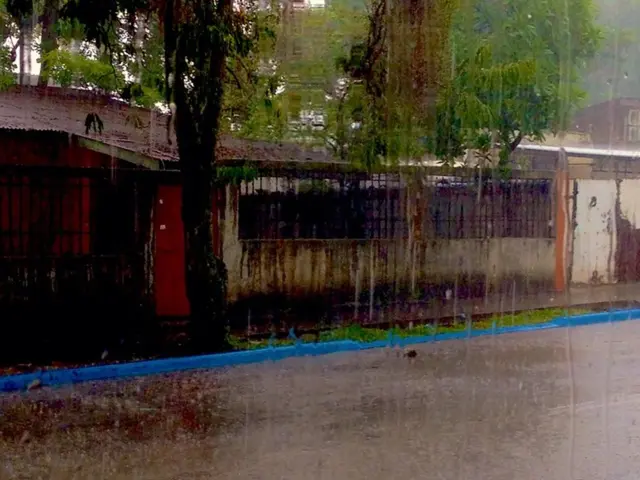Southern wildfires rapidly approach major cities in Europe's south
Europe Battles Record-Breaking Wildfires
Europe is currently grappling with a severe wildfire season, with over 1 million hectares of land burned so far in 2025, marking a record high since statistics began in 2006 [1][2][3]. This surge in wildfire activity has resulted in numerous deaths, evacuations, and extensive damage across several countries.
Spain, Portugal, Cyprus, Germany, Slovakia, Romania, and France have been particularly hard-hit [1][3][4]. In Spain alone, over 400,000 hectares of land have been scorched by relentless blazes [1][3][4]. The fires have not only ravaged natural landscapes but have also damaged significant cultural sites, such as Las Médulas, a world heritage site in Castile and León [1].
The tragic loss of life has been a grim consequence of these wildfires. At least 10 deaths have been reported within the EU, including three in Spain [1][4]. Two volunteer firefighters lost their lives in Castile and León, and another Spanish victim perished after a fire erupted in the outskirts of Madrid [1].
The extreme wildfire conditions have led several EU countries to seek assistance through the EU Civil Protection Mechanism, which helps coordinate cross-border firefighting and disaster response resources during major emergencies like wildfires [4][5]. Spain and Portugal have been among the main recipients of such aid due to the severity and number of fires they are battling this year [4][5].
Other countries, including Sweden, Romania, and Slovakia, have responded by sending helicopters and firefighters to aid in the efforts [1]. Firefighters are currently tackling fires in Spain, Portugal, France, Turkey, Greece, and Montenegro [1].
The wildfires have spread dangerously close to capital cities, including Madrid, Athens, and Podgorica, in the past week [1]. The US embassy in Montenegro even issued a warning on Tuesday that a wildfire near the capital Podgorica could spread closer [1].
The heatwave sweeping across southern Europe has contributed to the severity of the fires, with temperatures soaring above 40°C in many regions, prompting heat warnings [1]. Climate change is believed to be a significant factor, as it is directly fueling the wildfires by making extreme temperatures a significant risk for fires in the country [1].
This wildfire season has seen an unprecedented number of fires, with approximately 1,600 individual fires detected in Europe, compared with about 1,090 for the same period last year [1]. The EU's civil protection mechanism has been called upon 16 times so far this year, which is as many as in the whole of 2024 [1]. As of this week, the area burnt by wildfires in Europe this year is over 410,000 hectares, more than double the amount from the same period last year (less than 189,000ha) [1].
The wildfire crisis is not limited to Europe. Intense wildfires are also affecting other parts of the northern hemisphere, such as Canada and California, where officials are battling hundreds of out-of-control blazes [1].
As the world grapples with the impacts of climate change, the increasing frequency and intensity of wildfires serve as a stark reminder of the challenges that lie ahead. The critical role of EU-wide cooperation and assistance mechanisms, like the EU Civil Protection Mechanism, cannot be overstated in managing this escalating natural disaster.
References: [1] BBC News. (2025, August 15). Europe wildfires: Thousands evacuated as blazes rage across continent. BBC. Retrieved from https://www.bbc.co.uk/news/world-europe-56034719 [2] European Forest Fire Information System (EFFIS). (2025). Wildfires in Europe. Retrieved from https://www.effis.eu/ [3] European Commission. (2025, August 12). EU Civil Protection Mechanism activated for wildfires in Spain and Portugal. European Commission. Retrieved from https://ec.europa.eu/commission/presscorner/detail/en/IP_22_3479 [4] The Guardian. (2025, August 15). Wildfires rage across Europe, with thousands evacuated in Spain and Greece. The Guardian. Retrieved from https://www.theguardian.com/world/2025/aug/15/wildfires-rage-across-europe-with-thousands-evacuated-in-spain-and-greece [5] Reuters. (2025, August 13). Spain requests EU help to fight wildfires as blazes rage across Iberian Peninsula. Reuters. Retrieved from https://www.reuters.com/world/europe/spain-requests-eu-help-fight-wildfires-blazes-rage-across-iberian-peninsula-2025-08-13/
- The surge in wildfire activity across Europe has sparked concerns in the realm of business, as the losses in property and resources have resulted in significant financial implications for affected countries.
- In the realm of science, climate change is widely acknowledged as a crucial factor exacerbating the wildfire crisis in Europe, increasing temperatures on a larger scale and creating conditions that are more conducive to the rapid spreading of fires.
- As environmental science experts analyze the causes and effects of the wildfires, politicians debate the necessary measures to mitigate their impacts and prevent future crises.
- While weather forecasting tools help authorities predict the movement of wildfires and take preventive measures, international cooperation through mechanisms like the EU Civil Protection Mechanism is essential due to the transboundary nature of the current wildfire season in the northern hemisphere.








